A Not So Traditional Cacio e Pepe
I have jabbered on this blog a lot about simple, traditional pasta sauces. They exemplify cooking with only a few ingredients can be absolutely delicious. Amaticiana, Pesto, and Marinara all have the simplest of (and really very few) ingredients that, when brought together, have stood the test of time. These sauces are (and always will be) classic and so delicious! Another classic, although not as well know (unless you are a true Roman), is called Cacio e Pepe. If you thought the others had only a few ingredients, this sauce only has 3, if you include the pasta cooking water – Pecorino Romano cheese (the Cacio), Black Pepper (the pepe) and Pasta Cooking Water. Cacio e pepe is unbelievably good!
The preparation could not be simpler – mix the cheese with black pepper, melt and bind this mixture in hot pasta cooking water, and mix in the noodles. The sheepy-tartness of the cheese and spice of the black pepper are really an unbelievable pair in this Roman delight. The hardest part about Cacio e pepe may just be picking the noodle shape. Me? I like a bucatini or other long noodle, but tubes work, too.
The addition of shrimp is not at all traditional. I just figured it would be tasty and indeed it is. The sweetness of the shrimp plays very well with the black pepper. W know this from other cuisines. Yes, the cheese makes the purist gasp because cheese with shrimp or fish is some kind of sin, but I really don’t think it is. The shrimp’s sweetness wins the day again and fits well with the sheepy-tang of the cheese.
With the addition of shrimp, you end up adding another non-traditional ingredient – butter. The shrimp gets cooked in butter first and then the sauce is created in the same pan. You could cook the shrimp separately and simply make the Cacio e Pepe in a warm bowl, but it always seems to me that there is no reason to dirty one more dish or pan. If you want tradition, you will have to skip the shrimp all together.
Here is how I make Cacio e Pepe with Shrimp…
- 1 lb of bucatini pasta or your favorite shaped noodle
- 3 tbsp of butter
- 1 lb of medium or large shrimp
- 8 oz of pecorino romano cheese
- 1 tbsp of freshly ground black pepper
- salt and pepper
- Cook the noodles al dente per the manufacturers instructions. When they are cooked, drain the pasta reserving 1 cup of the cooking water. If possible, drain the pasta just as the sauce will be made, at the very last minute, as the reserved cooking water should be as hot as possible
- Grate the cheese finely. Set a small amount of cheese aside for the table. In a small bowl, mix the remaining grated cheese and the tbsp of pepper.
- Peel and de-vein the shrimp.
- In a large saute pan, melt the butter over medium heat. When the butter is bubbling, add the shrimp. Season the shrimp with salt. Cook the shrimp on the first side about 45 seconds then flip it and continue cooking until the shrimp is cooked through.
- When the shrimp is just about done turn off the heat and add 1/4 cup of the reserved pasta cooking water to the pan. Whisk in the cheese/pepper mixture. If the mixture in the pan is dry, slowly whisk in pasta cooking water until the cheese is just incorporated being careful not to add to much water. The sauce should be as fluid/creamy as possible with the cheese melted without being watery. If it is a little loose, add more cheese.
- Add the noodles to the sauce and toss the noodles into the sauce so that the sauce clings to the pasta.
- Pour into a large bowl, sprinkle on a bit of extra cheese, and add an extra crack of black pepper.
- The idea is that the sauce should be creamy and the cheese melted so it clings to the noodles. If the cheese does not melt fully, you can apply a little heat to the pan to help it along. Take care that you don't over heat the cheese or the sauce will break and cheese could clump up. If the cheese is not fully melted, you can also simply serve it that way. It will still be delicious!
Keep Eating! Keep Innovating!
Have you ever had Cacio e Pepe? Let us know all about it in the comments or on Facebook.
The Culinary Exchange can also be found on Twitter, Instagram, Pinterest, Google+ and YouTube.
Come On! Follow Along!

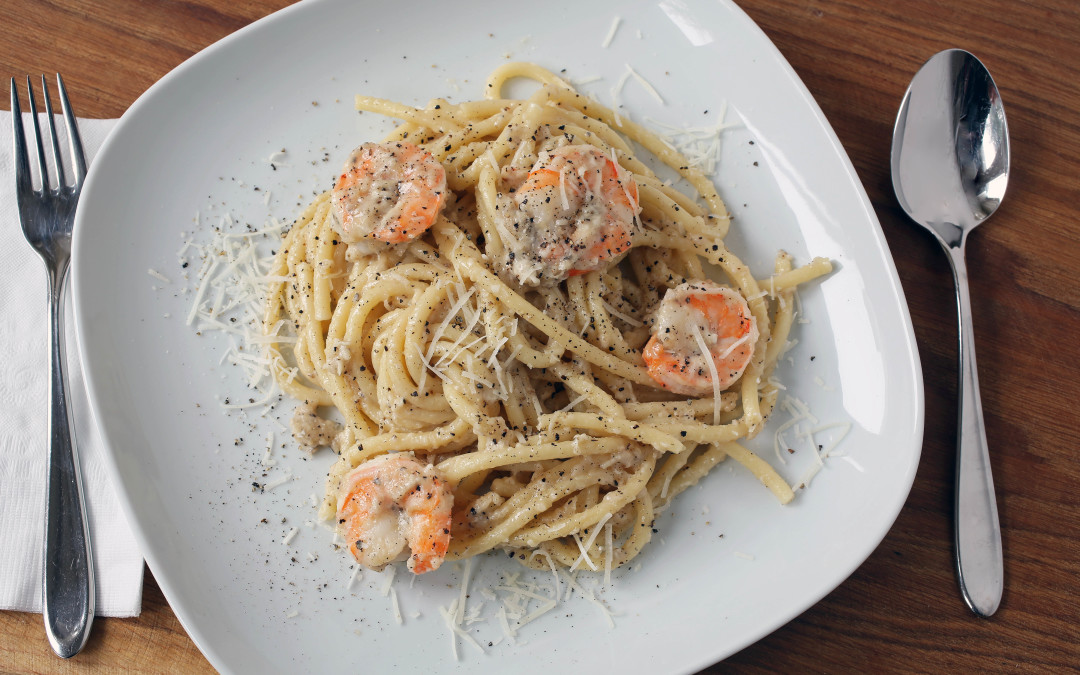
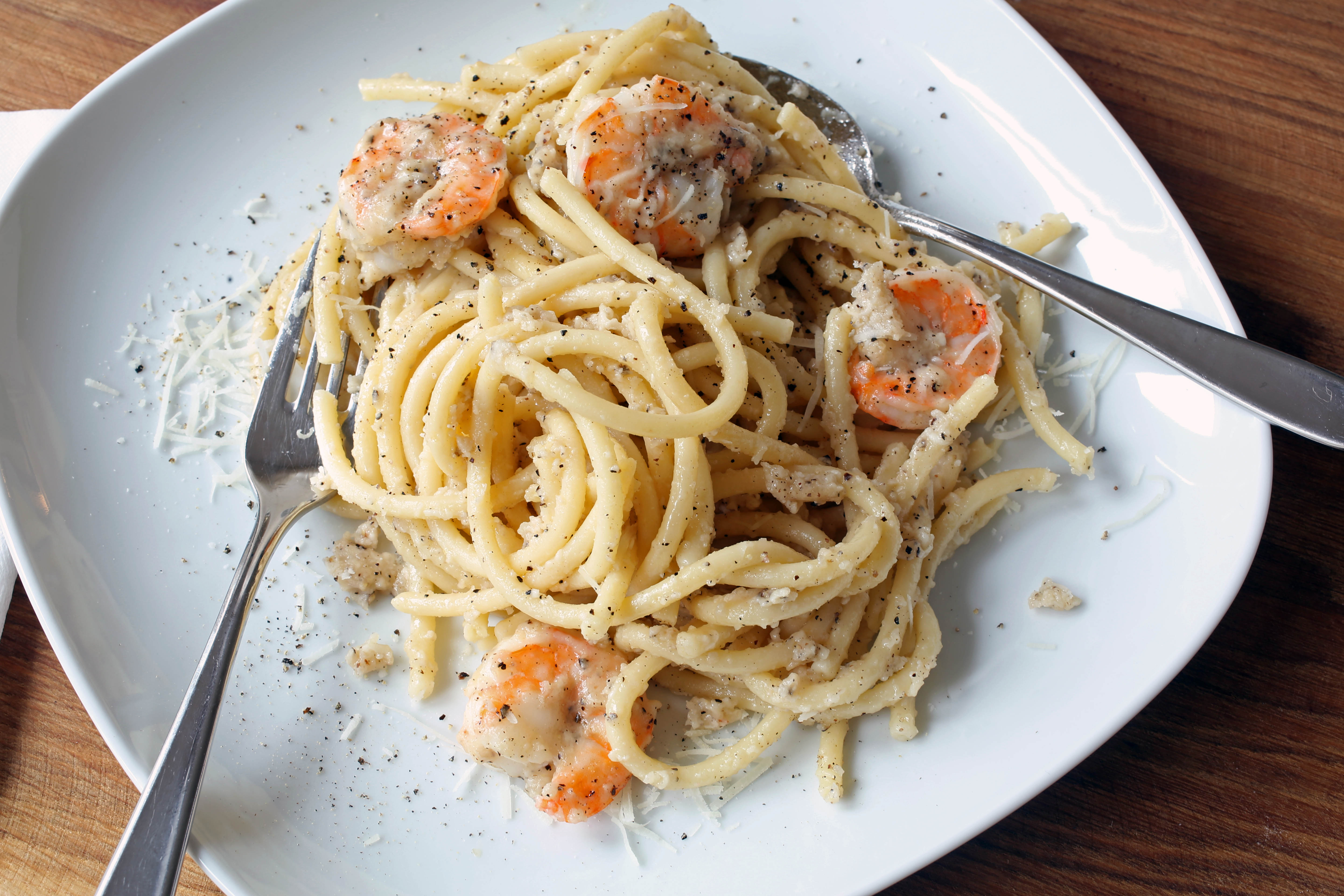

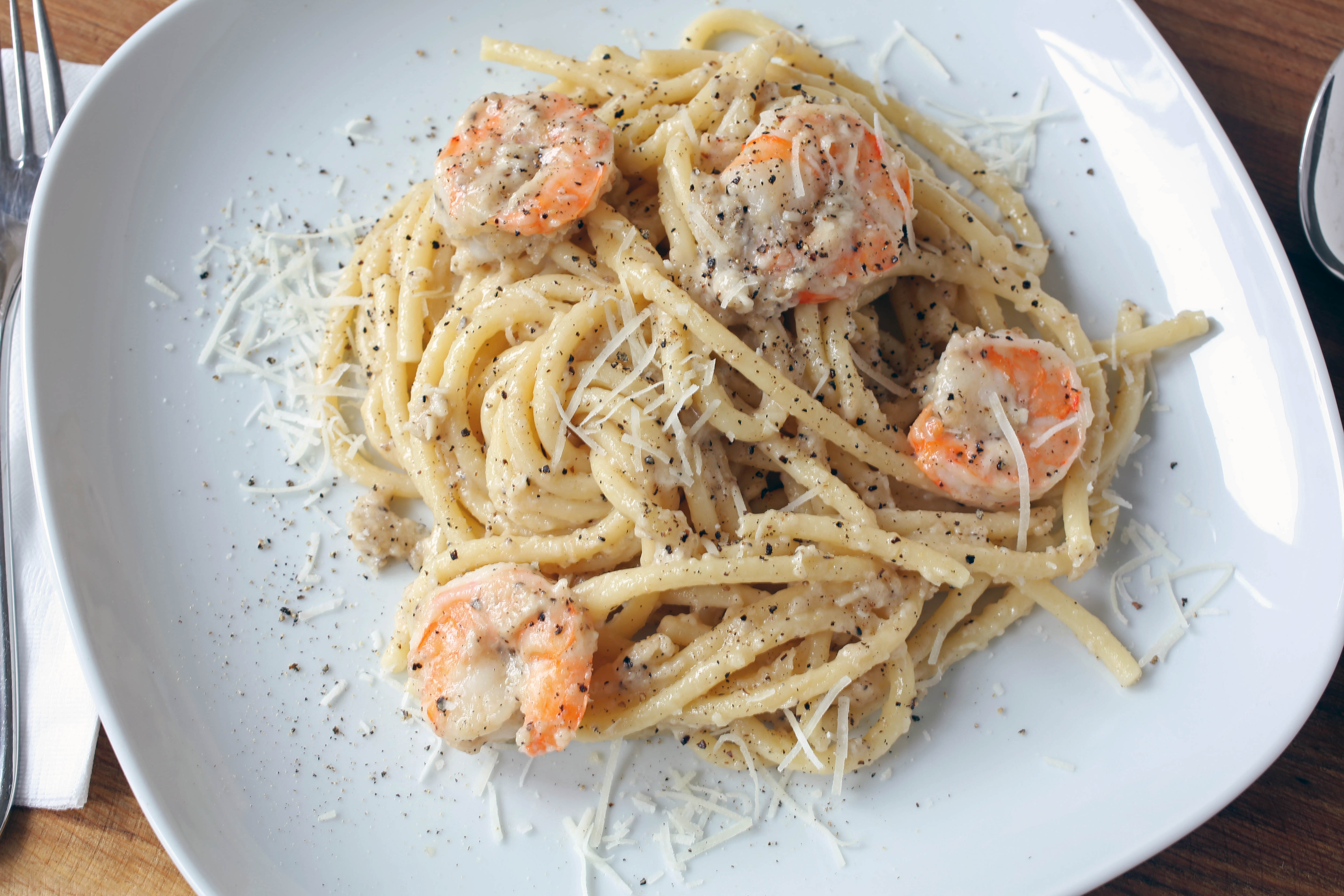
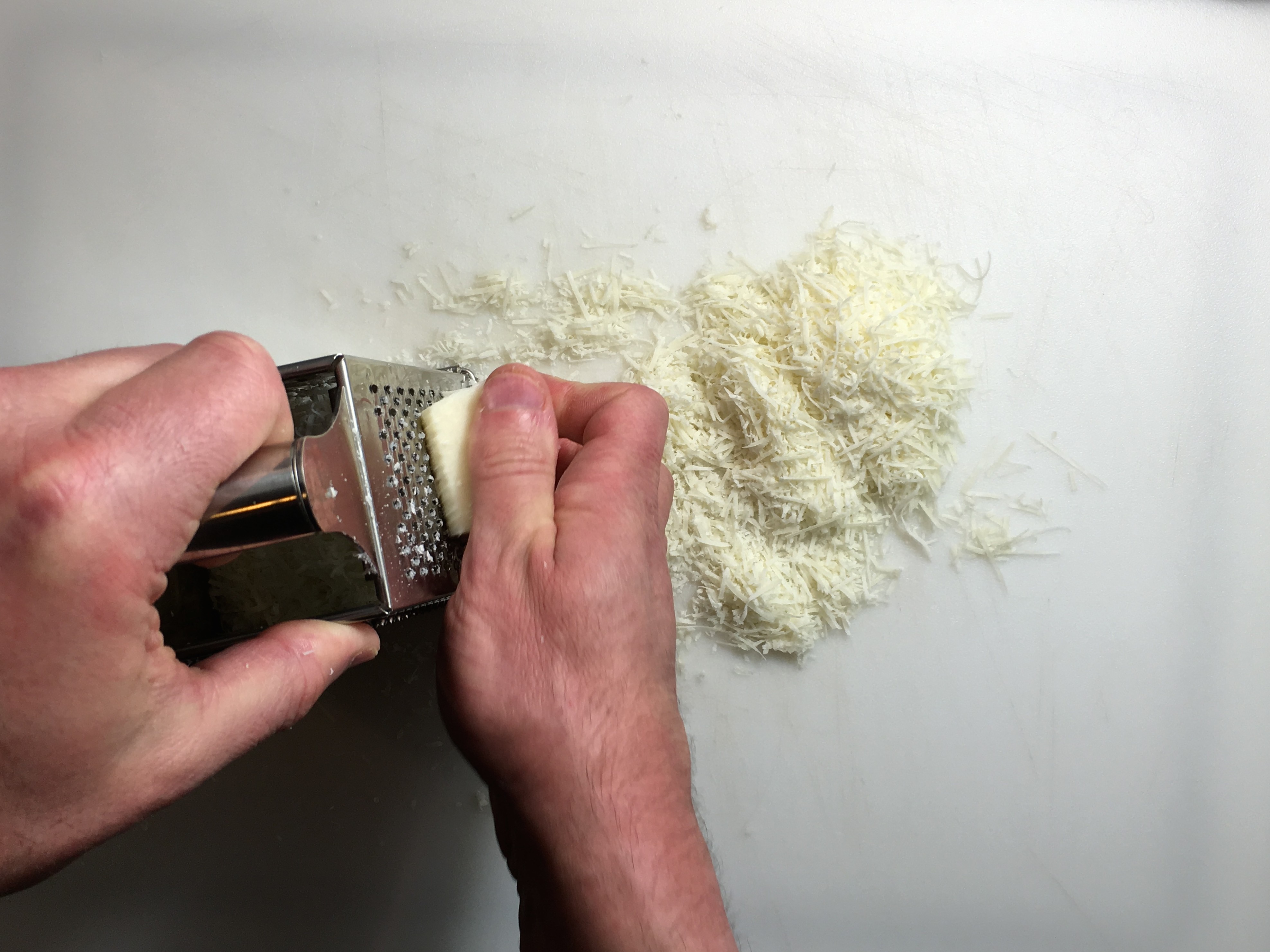
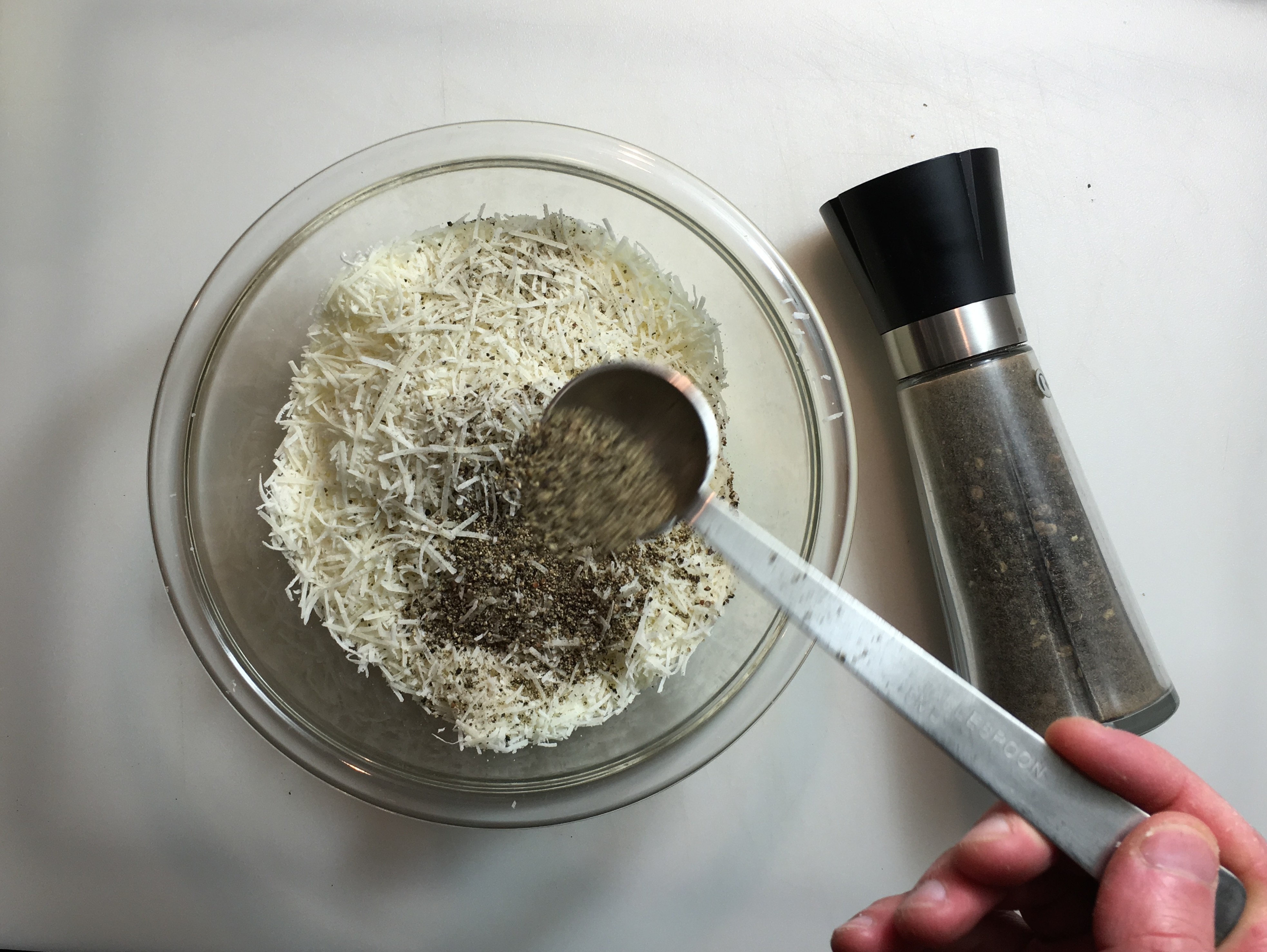
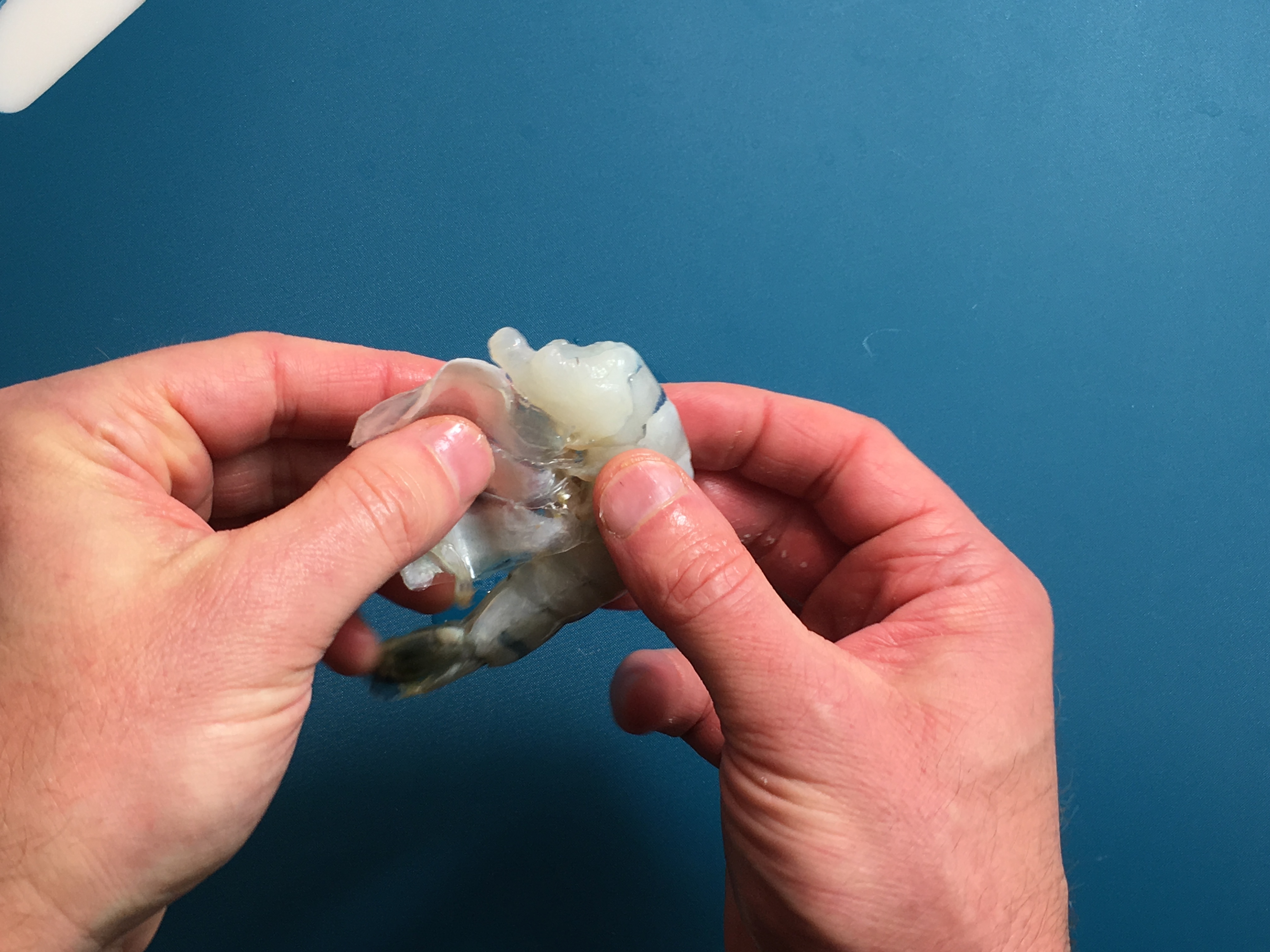



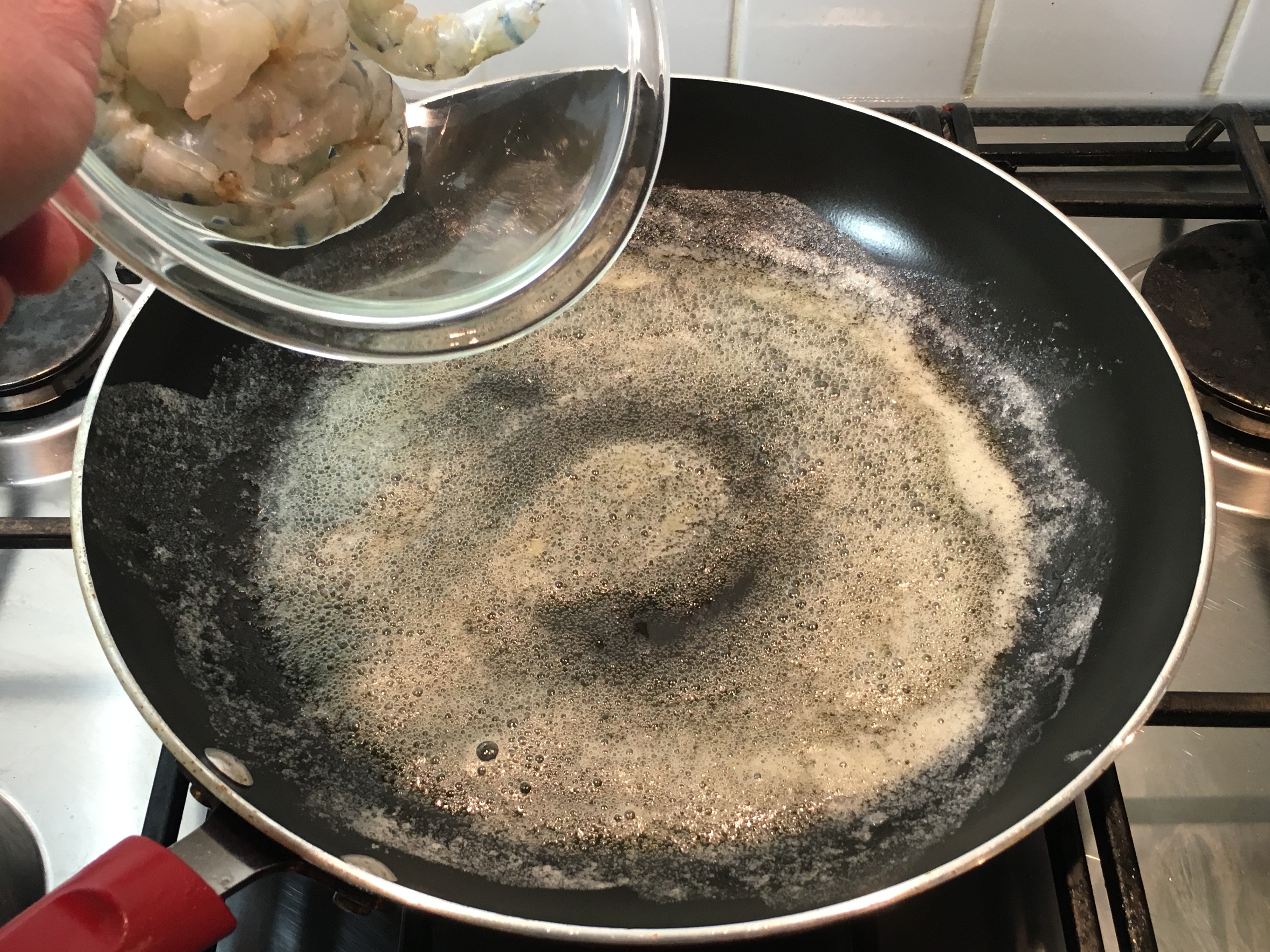








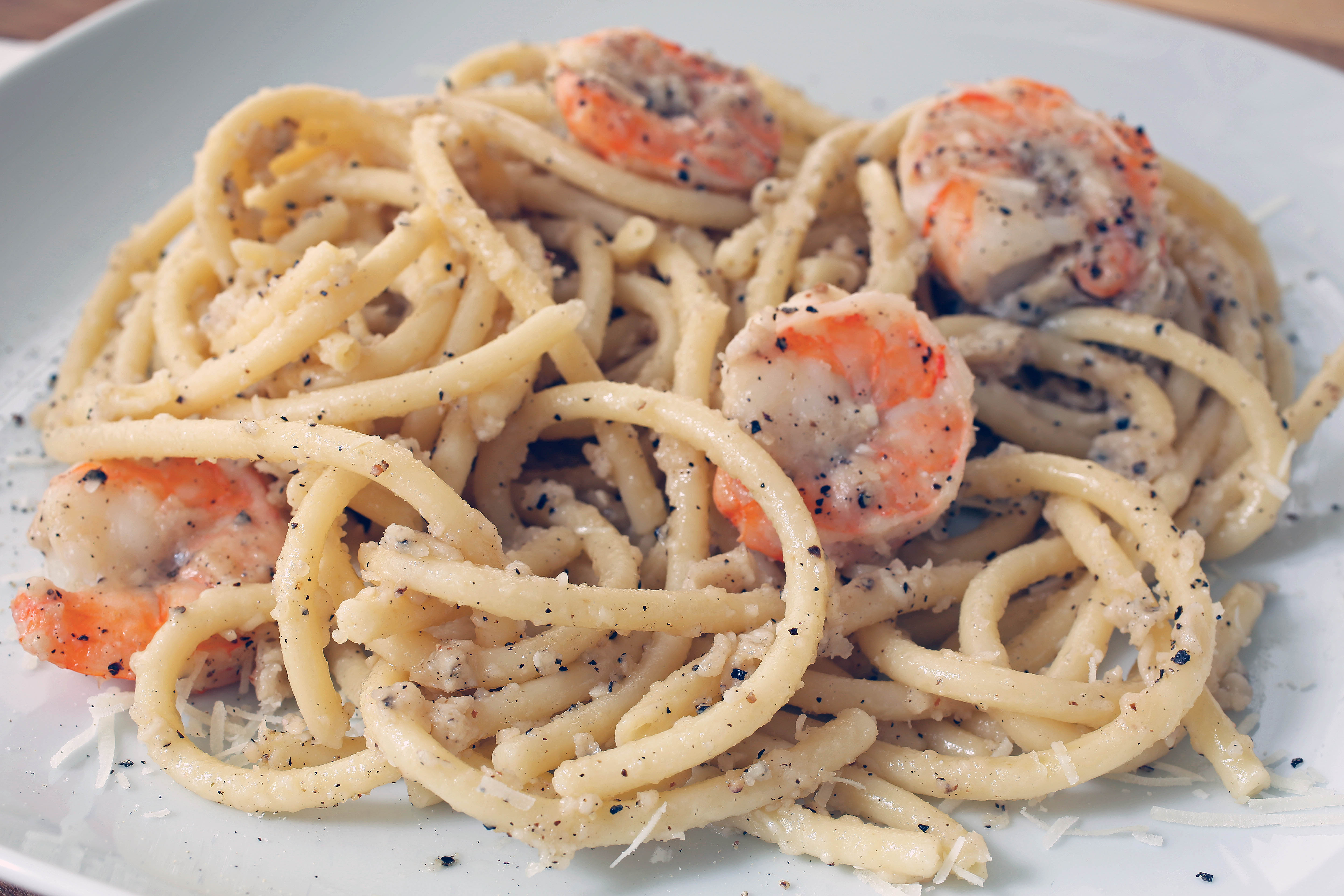



Unfortunately my cheese sauce became stringy and not liquid. Any ideas on what went wrong or what I should do differently?
Hi Kerrin,
Whisk the cheese into the water slowly with a constant whisking. Make sure you are using enough liquid, too. See if this helps and let me know.
Best
Matthew